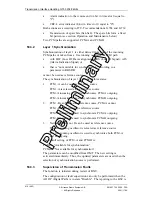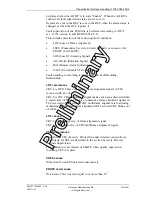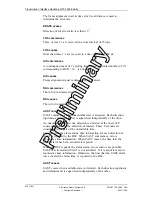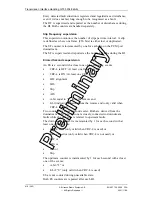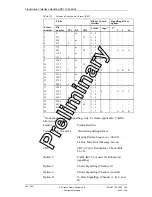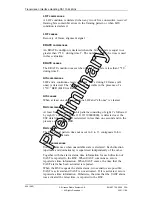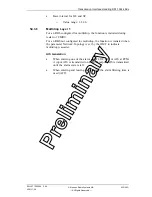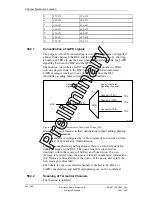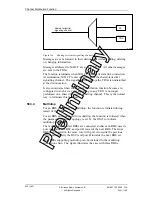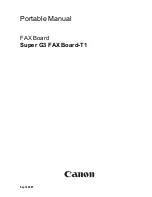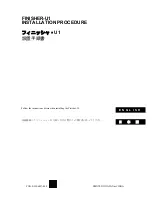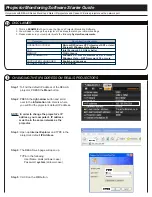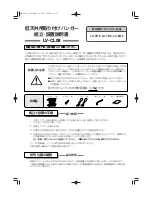
Transmission Interface Handling DS1 1544 kbit/s
LOF commences
A LOF condition is declared when any two of five consecutive received
framing bits contain bit errors in the framing pattern or when LOS
condition is declared.
LOF ceases
Recovery of frame alignment signal.
ERATE commences
An ERATE condition is declared when the bit error rate is equal to or
greater than 1*10
–3
during time T. The number of CRC-6 errors is used
in this evaluation.
ERATE ceases
The ERATE condition ceases when the bit error rate is less than 1*10
–3
during time T.
AIS commences
LOF and a continuous received stream of 1’s during 24 frames (all-
ones) is detected. The "all-ones" are detectable in the presence of a
1*10
–3
BER (Bit Error Rate).
AIS ceases
When at least one of the conditions LOF and “all-ones” is cleared.
RAI commences
At least four consecutive 16-bit patterns consisting of eight 1’s followed
by eight 0’s (that is 4 times 1111111100000000), is detected over the
ESF data link. The signal is detected in less than one second and in the
presence of a 1*10
–3
BER.
RAI ceases
The RAI signal pattern does not occur in 8 to 13 contiguous 16-bit
signal pattern intervals.
UAST commences
UAST commences when unavailable state is declared. Each direction
(upstream and downstream) is supervised independently of the other.
Together with the alarm status, time information for each direction of
UAST is reported to the BSC. When UAST commences, zero is
reported as time information. When UAST ceases, the time that the
UAST alarm has been activated is reported.
When the BSC requests the alarm status, two scenarios are possible:
UAST is activated and UAST is not activated. If it is activated, zero is
reported as time information. Otherwise, the time that the UAST alarm
was activated the latest time, is reported to the BSC.
428 (485)
EN/LZT 720 0008
P2A
2001-11-28
© Ericsson Radio Systems AB
— All Rights Reserved —
P
re
li
m
in
a
ry
Summary of Contents for RBS 2106
Page 2: ...P r e l i m i n a r y ...

